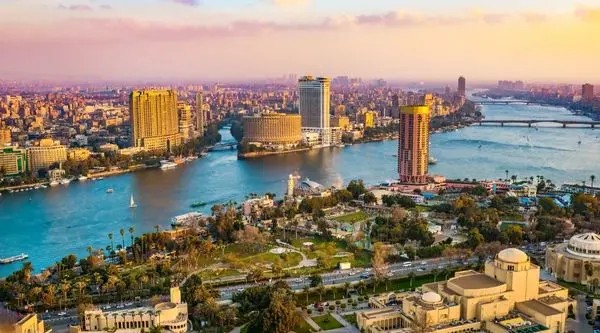
El Cairo - Egypt
They say that those who arrive in Cairo hear the murmur of the Nile as if it were an eternal song. At dawn, the sun bathes the Pyramids of Giza in gold and the silhouette of the Sphinx seems to awaken after thousands of years of silence. Among bustling alleyways, the aroma of spices and coffee mingles with the voices of merchants who still preserve ancient traditions.
In Saladin's Citadel, the domes of the Alabaster Mosque shine like spiritual beacons, while echoes of the Holy Family resound in the Coptic quarter. Every corner holds a fragment of universal history, but also an invitation to present wonder.
Travellers who visit Cairo don't just see monuments: they encounter a lively, chaotic and fascinating city, where the past and the future go hand in hand. To get to know it is to enter an open book of humanity.
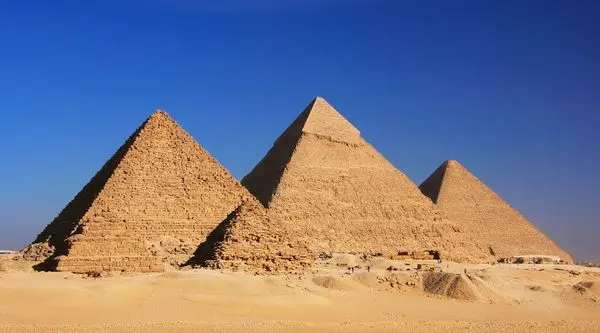
The Pyramids of Egypt
Rising above the horizon of the Giza desert, the Pyramids of Egypt seem to defy time. Built more than 4,500 years ago, their imposing presence recalls the grandeur of a civilisation that dreamed of eternity. The Great Pyramid of Cheops, with its perfectly aligned gigantic blocks, has withstood sandstorms, empires and centuries of mystery, becoming one of the seven wonders of the ancient world that still stands today.
Walking among these colossal structures, one feels the weight of history and the energy of millions of hands that worked to erect them. The Sphinx, silent guardian, watches serenely as the sun descends each afternoon over the desert, painting its ancient stones with fire and shadow.
Those who visit the pyramids do not merely contemplate monuments; they discover an enigma that inspires eternal questions about power, faith and human ingenuity. Standing before them is to experience a moment of eternity.
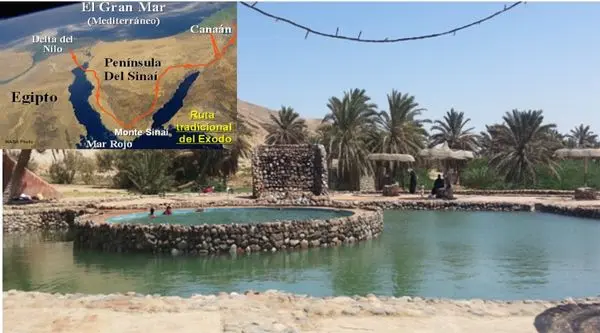
Sources of Moses
In the middle of the arid Sinai desert, where the sand seems endless, small springs emerge that the locals call the Springs of Moses. According to tradition, it was here that, after crossing the Red Sea, the Hebrew people found relief from thirst and fatigue, thanks to the water that God provided through the intercession of Moses.
Today, visitors to this spot find a striking contrast: green palm trees guarding water wells in the middle of the desert landscape. The silence of the place invites you to imagine the footsteps of ancient pilgrims and to contemplate how, in the heart of the desert, life always finds a way.
Visiting Moses' Springs is not only about discovering a historical and spiritual place, but also about feeling that hope and faith can spring forth, like water, in the most unexpected places.
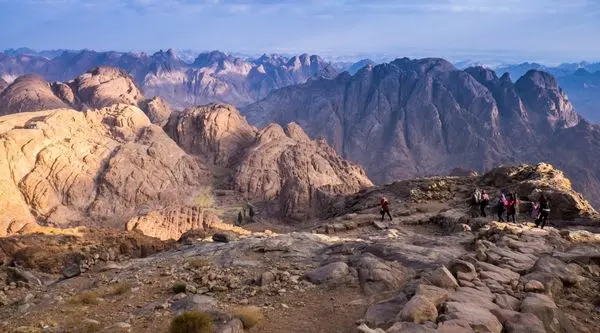
Mount Moses
At dawn, Mount Moses is illuminated with golden and orange hues that seem to light up the desert. According to biblical tradition, it was here that Moses received the Tablets of the Law, a moment that profoundly marked the spiritual history of humanity.
Climbing its more than 700 steps at dawn is a unique experience: the silence of the desert mingles with the murmur of pilgrims who, between prayers and anticipation, seek to reach the summit before the sun rises. Upon reaching the summit, travellers contemplate an endless sea of stone mountains, a landscape that invites reflection, faith and connection with the transcendent.
At the foot of the mountain lies the Monastery of Santa Catalina, one of the oldest Christian monasteries in the world, which houses manuscripts, sacred icons and a living flame of ancient spirituality.
Visiting Mount Moses is not just walking along a historic trail, but experiencing an inner pilgrimage. There, every step reminds us that faith and hope can move mountains.
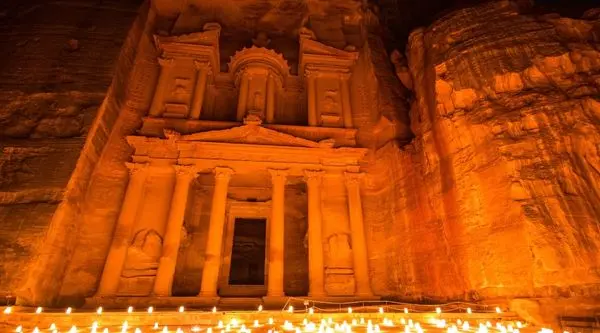
Petra
Hidden among reddish canyons and accessible only through the narrow Siq gorge, Petra, the pink city of the desert, suddenly appears. Founded by the Nabataeans more than two millennia ago, its temples and tombs were carved directly into the rock, as if the mountain itself had decided to become eternal art.
Travellers passing through the Siq feel their excitement grow with every step, until suddenly the majestic image of the Treasury (Al-Khazneh), illuminated by the sun, opens up before their eyes. Its columns and sculptures convey the grandeur of a civilisation that controlled trade routes and knew how to transform the harshness of the desert into a centre of splendour.
As you explore Petra, among amphitheatres, monasteries and hidden paths, you discover that it is not only an archaeological wonder, but also a living place that inspires awe, reflection and respect for the human capacity to create beauty in the midst of adversity.
Visiting Petra is like stepping into a dream of stone and colour, where the past still breathes among the rocks.
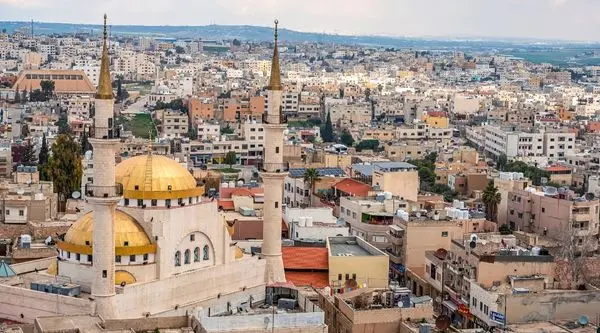
Madaba
Known as the ‘City of Mosaics’, Madaba holds a unique treasure trove of Byzantine and Umayyad art in its churches and streets. The most famous of these, the Madaba Map, is located on the floor of the Orthodox Church of St. George: a 6th-century mosaic depicting the Holy Land with astonishing accuracy, considered the oldest mosaic map in the world.
Walking through Madaba, travellers discover churches, mosques and artisans who continue the mosaic tradition, patiently and colourfully passing on centuries of cultural heritage. A few kilometres away stands Mount Nebo, the place where, according to the Bible, Moses gazed upon the Promised Land. From there, the panoramic view of the Jordan Valley and the Dead Sea invites contemplation and reflection.
Visiting Madaba is like stepping onto a bridge between faith, history and art, where every stone and every fragment of mosaic tells a story that is still alive today.
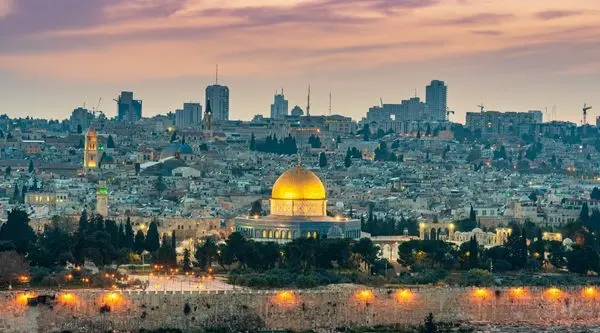
Holy Land
It is a mosaic of history, faith and culture where the three great monotheistic religions converge: Judaism, Christianity and Islam. Walking through its cities is like walking through the living pages of the Bible and universal history.
In Jerusalem, ancient walls protect the esplanade of the Western Wall, the Dome of the Rock and the Church of the Holy Sepulchre, places that resonate in the spiritual memory of millions of people. In Bethlehem, the Church of the Nativity commemorates the birth of Jesus, while in Nazareth the childhood of the man who changed history is brought to life. The Sea of Galilee evokes the miracles and teachings that still inspire the world, and the Jordan River preserves the tradition of Jesus' baptism by John the Baptist.
Travelling to the Holy Land is not just about seeing monuments; it is an experience of encountering spirituality, cultural dialogue and the depth of human history. Every stone, every street and every landscape speaks of faith, hope and the search for transcendence.
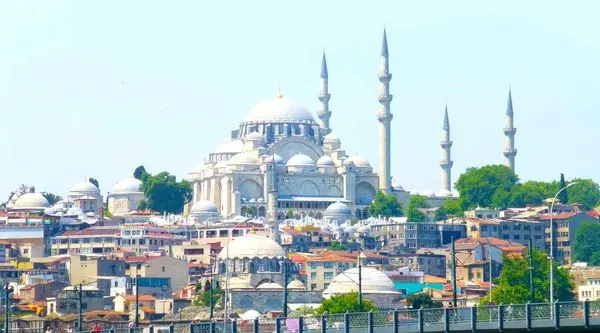
Istanbul
The skyline is dotted with minarets and domes that seem to float between two continents. This unique city, stretching across the Bosphorus, has been the capital of the Roman, Byzantine and Ottoman empires, and its streets hold the memory of thousands of years of history.
Upon entering Hagia Sophia, visitors can see how Christian and Islamic art coexist in the same sacred space, while the Blue Mosque, with its six minarets, displays a serene beauty that touches the soul. The Grand Bazaar, with its endless corridors, is a universe of aromas, colours and voices reminiscent of the ancient silk routes.
Sailing along the Bosphorus at sunset allows you to see how Europe and Asia greet each other under the same sky. Istanbul is not just a city: it is a bridge between cultures, religions and eras, a place where the past and present converse in every corner.
To visit it is to experience the sensation of being at the heart of the world.
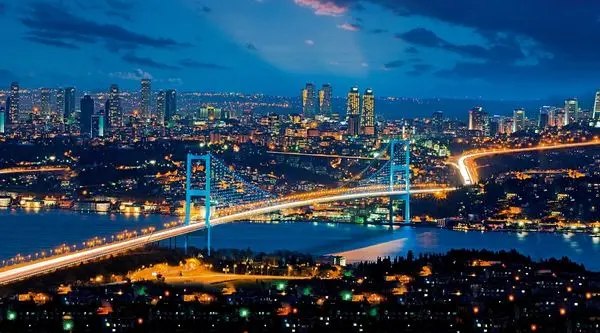
The Bosphorus
It is more than just a narrow stretch of water; it is a symbol of the meeting of continents. Its blue waters meander, connecting the Black Sea with the Sea of Marmara, but above all dividing and connecting Europe and Asia in the heart of Istanbul.
Sailing along the Bosphorus is like contemplating a living open-air museum: Ottoman palaces such as Dolmabahçe and Beylerbeyi, medieval fortresses, mosques and modern mansions line both sides, reflecting centuries of history and splendour. As evening falls and the sun bathes the domes and minarets in golden light, travellers discover why this strait has been coveted by empires and celebrated by poets.
The Bosphorus is not just a geographical border; it is a spiritual and cultural bridge, where East and West meet in a landscape that inspires awe and serenity. Those who cross it feel as if they are sailing through the very heart of the world.

Ankara
In the heart of Anatolia lies Ankara, a modern and vibrant city that combines the dynamism of a capital with the depth of its ancient history. Although less well known than Istanbul, Ankara holds treasures that surprise the attentive traveller.
At the top of the city stands Anıtkabir, the majestic mausoleum of Mustafa Kemal Atatürk, founder of modern Turkey, which inspires respect and national pride. Its wide avenues, parks and museums reflect the contemporary spirit of a country that looks to the future without forgetting its roots.
However, Ankara also preserves traces of ancient civilisations: in the Museum of Anatolian Civilisations, visitors can explore thousands of years of history, from the Hittites to the Romans, in one of the world's most important archaeological collections. Among traditional markets, such as Ankara Castle with its narrow streets and handicrafts, you can discover the warmth of everyday Turkish life.
Visiting Ankara means discovering the other side of Turkey: one that balances modernity and tradition, politics and history, in a setting that invites reflection on the identity of a nation situated between East and West.

Cappadocia
In the heart of Anatolia lies Cappadocia, a landscape that seems straight out of a dream. Its fairy chimneys, rock formations carved by wind and time, rise up between valleys that hold ancient secrets. At dawn, dozens of hot air balloons paint the sky with colour, offering an unforgettable view of this mystical land.
Cappadocia is not just about nature: hidden within its depths are underground cities that once sheltered entire communities, and its rock walls still preserve churches with Byzantine frescoes that tell stories of faith and resistance. In Göreme, Ürgüp and Uçhisar, travellers discover caves converted into homes, hotels and craft workshops, where tradition coexists with Turkish hospitality.
To travel through Cappadocia is to walk among geology and history, spirituality and adventure. It is a place that invites you to daydream and feel that the earth, the sky and human memory intertwine in a spectacle that is unique in the world.

Pamukkale
In southwestern Anatolia, like a white mirage in the middle of the landscape, stands Pamukkale, whose name means ‘cotton castle’. Its travertine terraces, formed by mineral-rich hot springs, look like frozen waterfalls gently descending the mountain.
Walking barefoot on its white formations is like feeling the warmth of water flowing from deep within the earth, while your eyes are filled with an almost heavenly glow. For millennia, travellers and pilgrims have sought out these waters for their supposed healing properties.
Next to Pamukkale are the ruins of Hierapolis, an ancient Greco-Roman city founded in the 2nd century BC, where theatres, temples and baths still stand, reminding us of the importance of this place as a spiritual and recreational centre. The “ancient sacred pool”, with columns submerged in crystal-clear waters, invites you to float between history and legend.
Visiting Pamukkale is to experience the union of nature and culture: a unique landscape that seems woven between heaven and earth, where water has written its own masterpiece over thousands of years.
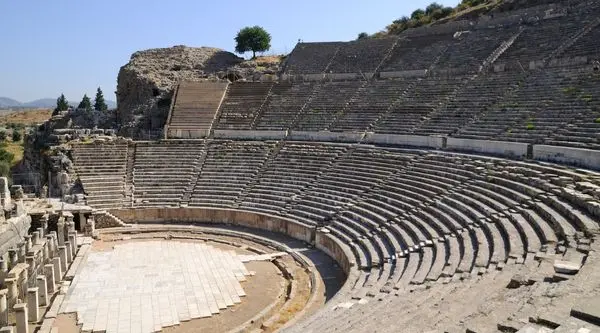
Ephesus
On the coast of the Aegean Sea, nestled between hills and olive groves, lie the ruins of Ephesus, a city that was once the commercial and cultural heart of the ancient world. Walking along its marble streets is like stepping back in time: you can still hear the footsteps of the merchants, philosophers and pilgrims who turned this city into a crossroads of civilisations.
The imposing Library of Celsus, with its elegant façade, symbolises the value of knowledge, while the Great Theatre, with a capacity for more than 20,000 spectators, evokes the echoes of speeches and performances that marked the public life of the city. A short distance away stood the Temple of Artemis, one of the Seven Wonders of the Ancient World, which bore witness to the spiritual and architectural grandeur of Ephesus.
For Christianity, Ephesus is also sacred ground: the apostle Paul preached here, and tradition points to the nearby House of the Virgin Mary, a place of pilgrimage that still inspires faith and contemplation today.
Visiting Ephesus is to feel how history, culture and spirituality intertwine in a setting where the past lives on, inviting reflection on the greatness and fragility of human civilisation.
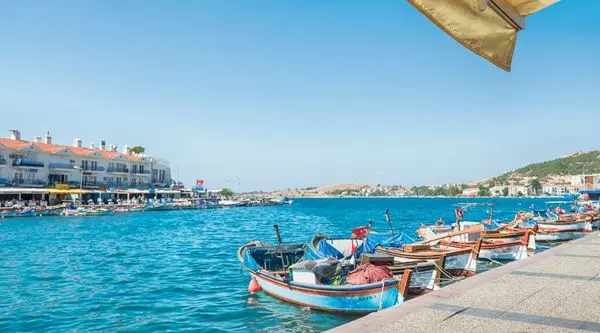
Izmir
On the shores of the Aegean Sea, Izmir displays its charm between modernity and tradition. Known in ancient times as Smyrna, this city was the birthplace of philosophers, poets and merchants who made it a port open to the world. Today, its promenade—the Kordon—invites you to stroll in the sea breeze, while cafés and markets buzz with Mediterranean cheer.
Visitors to the Agora of Smyrna can discover traces of the Roman Empire, and in the Konak neighbourhood, the iconic Clock Tower, symbol of the city. The bazaars are brimming with spices, colours and aromas that evoke ancient trade routes. Nearby stand the ruins of Pergamon and Ephesus, reminding us that Izmir has always been a bridge between cultures and religions.
Beyond its history, Izmir pulsates as a young, artistic and cosmopolitan city, where Turkish hospitality blends with the open spirit of the Mediterranean. To visit it is to feel how East and West dialogue in a port that has never stopped looking towards the future.



Tour of the Way of Moses and Turkey